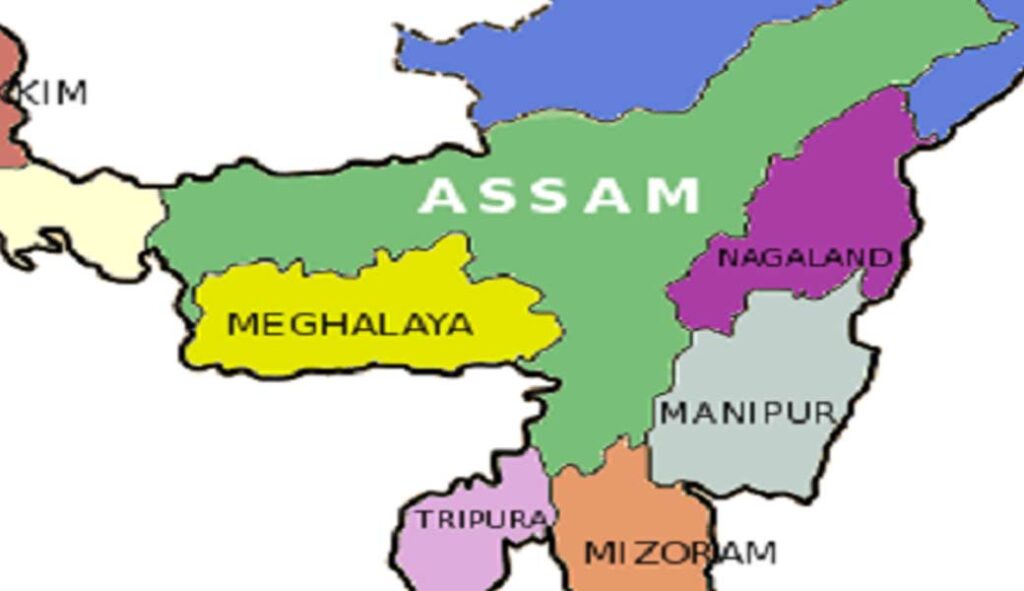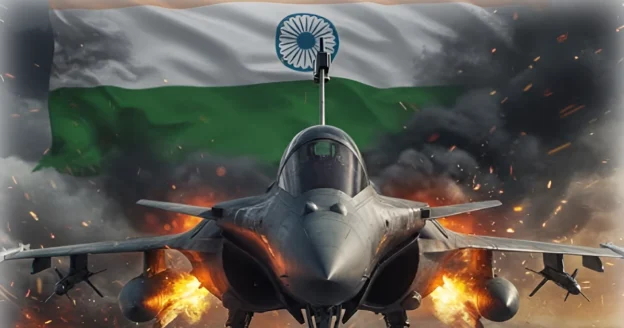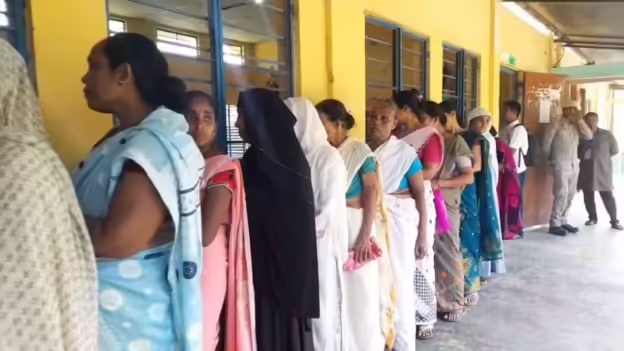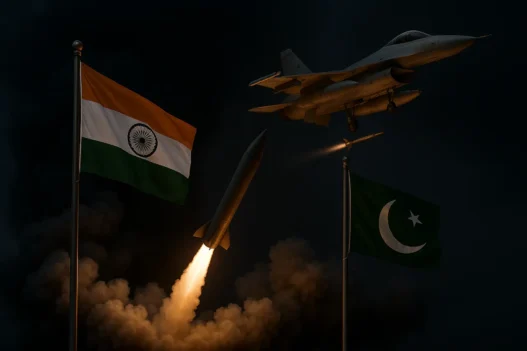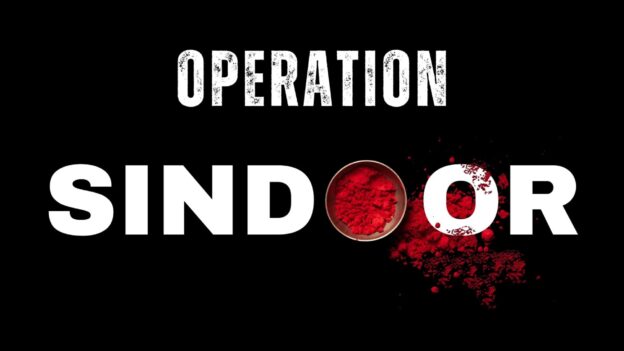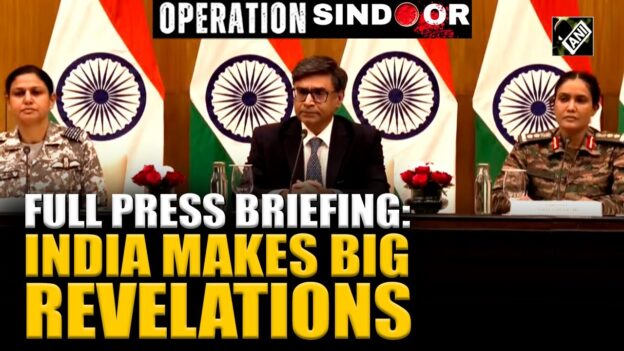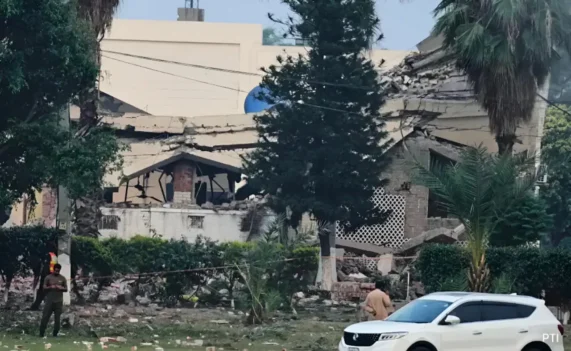The Assam-Meghalaya interstate border remained in a state of unease on Wednesday following a violent confrontation on Tuesday. Residents of Karbi villages in Assam’s West Karbi Anglong district and Pnar villages in Meghalaya’s West Jaintia district engaged in clashes, employing bows, arrows, and catapults.
Videos of Tuesday’s skirmishes circulated widely on social media, depicting hundreds of individuals from both sides embroiled in the confrontation.
On Wednesday, law enforcement from both states intervened to prevent villagers from gathering near the clash site, averting further escalation of hostilities. Sources within the security apparatus indicated that the area in question, situated between Lapangap village in West Jaintia Hills district and the Tapat area within the Hamren subdivision of West Karbi Anglong district, remained tense, but the combined efforts of police forces from both states maintained control over the situation.
The ongoing border dispute between the two states, stemming from historical conflicts, has persisted for over half a century. Of the 12 disputed areas, resolutions have been achieved in six. Last year, Assam’s Chief Minister, Himanta Biswa Sarma, and his Meghalaya counterpart, Conrad Sangma, signed an agreement to settle the disputes in six of the contested locations. The origins of the border dispute trace back to January 21, 1972, when the Assam Reorganisation Act, 1971, delineated the separation of Meghalaya from Assam.
According to a report, Deimonmi Lyngdoh, an elder of Lapangap village (Waheh Shnong), claimed that farmers tending to their paddy fields were subjected to attacks involving catapults, bows, and arrows by individuals from Assam who had concealed themselves in the vicinity of the fields.
Meghalaya’s cabinet minister, Paul Lyngdoh, announced that discussions with the Assam government regarding the recent border violence were underway and expected to take place soon. Concurrently, district officials from both Assam and Meghalaya affirmed their collaboration in managing the situation.

